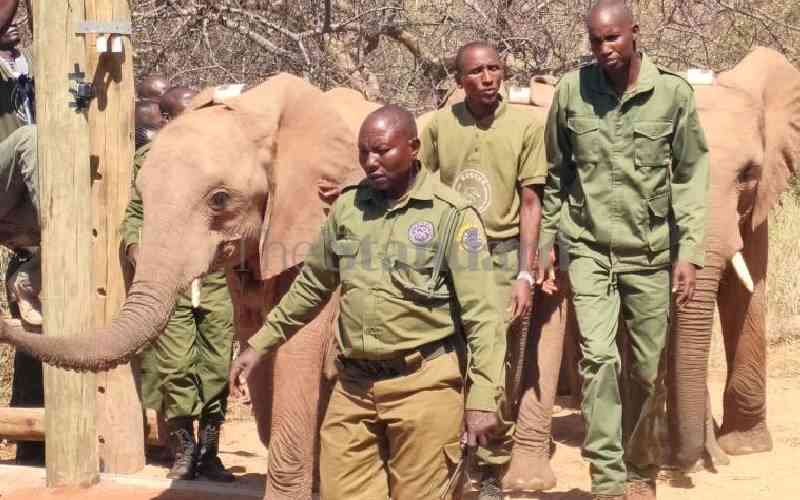×
The Standard e-Paper
Read Offline Anywhere

In a remote corner of northern Kenya lies Reteti Elephant Sanctuary which has been home to 13 orphaned or abandoned elephants for the past seven years.
The Samburu community manages the sanctuary. Traditionally, Samburu warriors are charged with protecting their community and caring for their livestock.